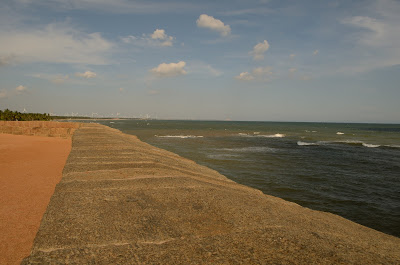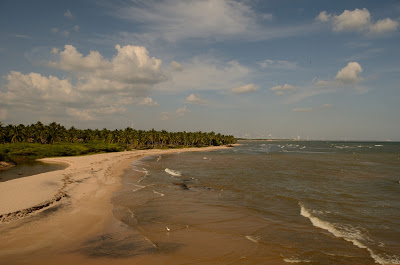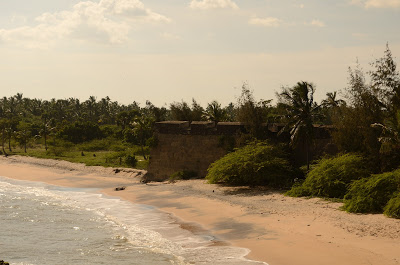Offbeat India – Vattakottai
A Dutch naval officer leads an army against an Indian king, only to be defeated by him. The story however does not end there. The king, impressed by the foreigner hires him and makes him a commander in his own army . The Dutch officer then trains the Indian army, builds forts and even helps them defeat their local and international rivals in war.
You would probably read about these kinds of stories only in India, even if it is set more than 300 years ago. This story, which may seem more common in multinational companies today was set in the 18thcentury when kings and queens ruled over India and the Europeans were knocking at their doors to establish trade and to eventually take over power. I am speaking of the stories relating to the Travancore – Dutch wars that were set in the 18th century. The king is Travancore Maharaja Marthanda Varma and the Dutch naval officer is Eustachious De Lannoy who was with the Dutch East India Company before switching loyalties.
It is a beautiful day with perfect cotton candy clouds floating over the clear blue sky. The seas surrounding us is calm as it gently caresses the shore. A lone tree stands , its dead branches almost touching the sky. In the distant horizon, we can see windmills dancing to the tune of the breeze. I am at Vattakottai, a circular sea fort built on the coast near Kanyakumari, by De Lannoy for Marthanda Varma. Standing from the ramparts, I look out into the picturesque view of the Western Ghats encircling the oceans – the Bay of Bengal on one side and the Arabian Sea on the other.
Vattakottai was one of our destinations as part of the heritage Naanjil Naadu tour where we explored the monuments left behind by various dynasties in and around Kanyakumari and Nagercoil. The Venad kings started their reign over Travancore from this region before moving base . Even today the ancient Padmanabha palace ringed in by the Western Ghats stands as the testimony to the origins of the dynasty. It is believed that the ruler Marthanda Varma dedicated his kingdom to his family deity Padmanabha and Padmanabhapuram lost its significance when the capital was eventually shifted from here to Trivandrum in the 18thcentury .
As we enter the granite fort, the outer walls greet us with the symbol of two elephants with a conch shell, but the fort itself is neither imposing nor formidable. It just seems like another nondescript hidden destination that lets the eye gaze at some of the most beautiful vistas around. It was believed that one can see the Padmanabhapuram palace from here, but all I can see is a fabric of blue – the sky and the sea seems to merge. The coconut trees grace the shore, as some parts of the wall jut out into the sea . And as many folk lores say, a tunnel was supposed to have been built here too , but one wonders where , as the fort seemed isolated , surrounded by waters.
A huge open courtyard, probably a parade ground leads us to a flight of steps with a ramp. We look down from the walls , built at a height of almost 25 feet and the sea greets us. The British apparently destroyed the fort in a much later battle , but today, Vattakottai stands in memory of the Dutch commander who had served and trained the Indian army under the Travancore kings.
Starting July, I am starting a new series called Offbeat India. It will include stories, photo-posts, my columns – Inside Story published in The Hindu among other posts. This was published in my column in The Hindu Metro Plus recently.




beautiful pics (particularly the second one) and nice write-up 🙂
didn’t know about the story . looking forward to more post on offbeat places 🙂
Intresting story. Thats a lovly beach.
http://www.rajniranjandas.blogspot.com
Beautiful place and an interesting story to go with it.
Ram